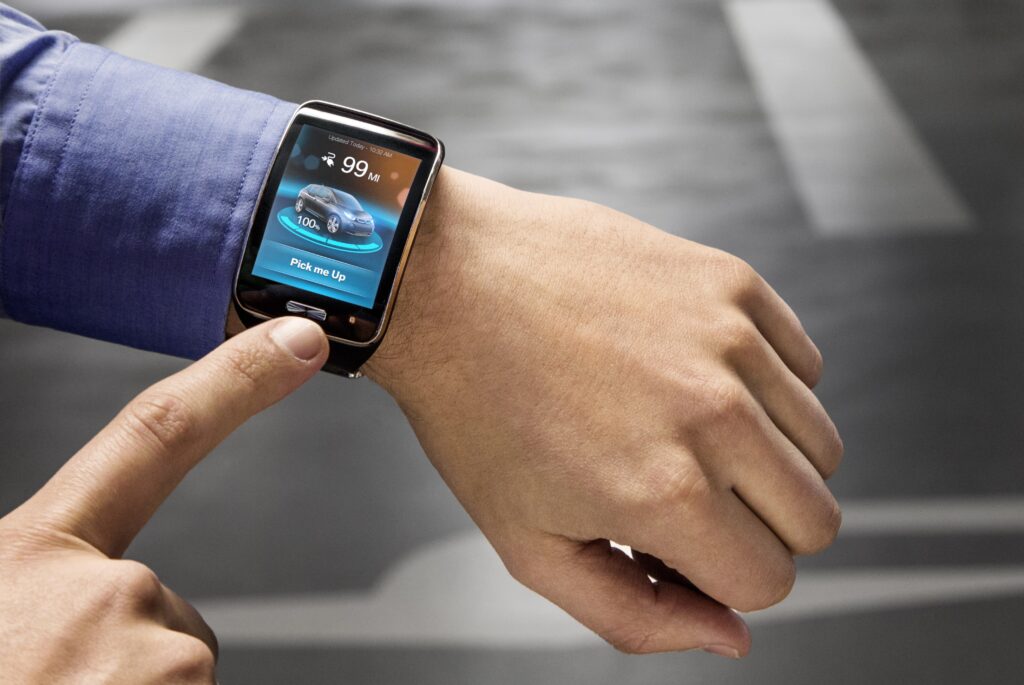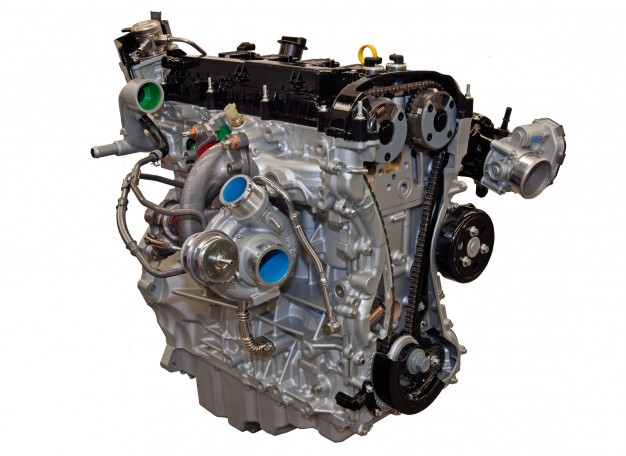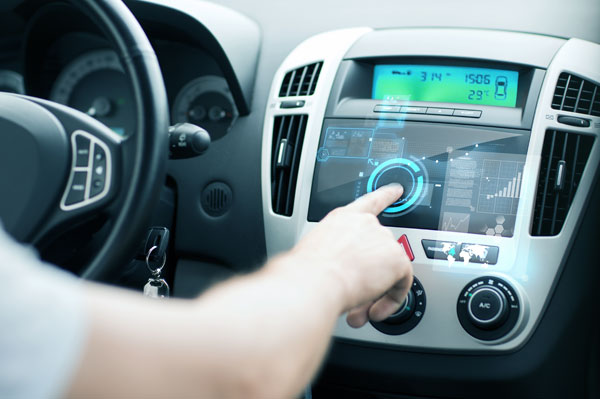Prevention is always better than the cure, and looking after your vehicle and keeping it well maintained is the best way to avoid costly repairs.
With more components and a more complex design, turbocharged engines are a little different to their naturally aspirated cousins – which means they benefit from a bit of special treatment when it comes to driving and everyday care.
This month, we take a look at 5 driving and maintenance tips designed to help you keep your turbocharged car in tip-top condition.
1. Oil!
Yes, we know, we bang on about oil more than anything else on this blog, but it’s for a good reason – proper oil management is the single most important aspect of turbocharger care, and will extend the lifespan of your engine!
Oil helps to lubricate the moving parts of your turbo, and your engine needs a constant supply of the right kind of high quality oil to work effectively. Check in your vehicle handbook before you purchase oil, and make sure you choose the right API quality oil for your engine.
Generally, fully synthetic oil is best, and changing oil every 5,000 miles is the best way to ensure that your turbocharger and engine doesn’t suffer from oil related problems.
2. Warm up your engine
Oil needs to warm up before it can effectively lubricate your engine, which means it’s a good idea to take it easy on the accelerator peddle until your car has warmed up!
This is because when you first start your car, the cold oil is at it’s thickest, which means the oil pressure needs to be higher to pump it round the engine. This puts extra pressure on the oil seals.
As the engine temperature increases, so does oil temperature. This thins the oil, enabling it to run more freely and lubricate the moving parts of your engine. Oil takes longer than engine coolant to heat up – so wait at least 10 minutes after your coolant has reached optimum temperature before putting your right foot down.
3. Cool down
Just as you need to warm up your engine, you need to let it cool down.
Extended journeys and high speed driving creates a lot of heat in your turbocharger, and if you turn off the engine whilst it’s still hot, you can cook the oil inside, leading to unnecessary build up of carbonised oil inside your turbo.
To avoid this, leave your engine running for a couple of minutes to cool down and circulate the oil before switching the ignition off.
4. Cruise carefully
It might sound simple, but the faster you accelerate and drive, the harder you push your turbo and the more stress you subject your engine to – which will reduce its lifespan.
In modern cars, turbochargers are rigorously stress tested to ensure that they can stand up to lots of driving at motorway speeds, but that doesn’t mean they are invincible.
Whilst it’s ok to open your car throttle up from time to time, when cruising, try to go light on the accelerator, using the minimum amount of force required to maintain your desired speed.
In addition to protecting your engine, this will also help you to improve your fuel efficiency.
5. Use your gears
If you’ve got a manual car, it can be tempting to rely on the power of the turbo for tasks like overtaking and driving up long hills, rather than using the gears of your vehicle as you would in a non-turbocharged vehicle…
…Don’t, that’s what your gears are for.
Driving in this way puts unnecessary strain on your turbocharger, and giving it a break and dropping down a gear when passing or climbing hills will help to prolong the life of your turbo.
How AET can help
Driving carefully and keeping your engine well maintained will help to protect your turbo and maximise its lifespan, but things can still go wrong – which is where we come in.
At AET, we’re here to help, by providing cost-effective, high quality turbocharger repairs and replacements, for a full range of passenger and commercial vehicles.
Get in touch with a member of our friendly, expert team today to discuss your requirements on 01924 588 266.



